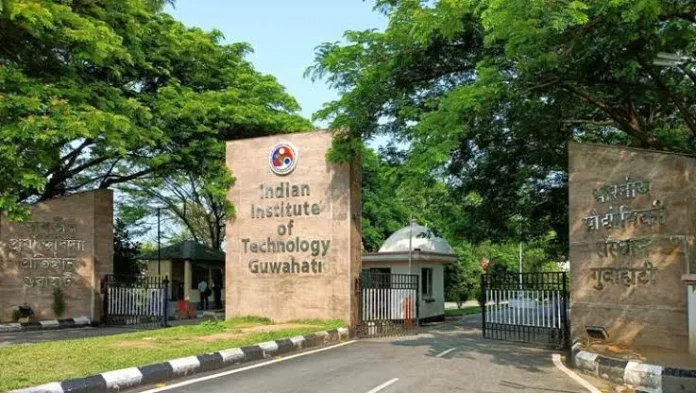GUWAHATI, June 6: As India faces a fresh surge of COVID-19 cases, with active infections surpassing 5,000, researchers at the Indian Institute of Technology (IIT) Guwahati have developed a novel and cost-effective method to accurately detect and measure the presence of SARS-CoV-2, the virus responsible for COVID-19.
This groundbreaking technique is based on the sedimentation process — the rate at which a clay-virus-electrolyte mixture settles. The method offers a simpler and more affordable alternative to complex and expensive diagnostic tools like Polymerase Chain Reaction (PCR), antigen tests, and antibody testing, which are currently used to detect the virus.
The research team employed Bentonite clay, a substance known for its strong ability to absorb pollutants and heavy metals due to its unique chemical structure. Previous scientific studies have demonstrated that clay particles can bind effectively with viruses and bacteriophages, making Bentonite a promising candidate for virus detection.
In the IIT Guwahati study, researchers examined how Bentonite clay interacts with virus particles in a salt-based environment. The findings, published in the peer-reviewed journal Applied Clay Science, revealed that a coronavirus surrogate and the Infectious Bronchitis Virus (IBV) successfully bind to the negatively charged surfaces of the clay. These interactions occurred at room temperature and a neutral pH of 7.
“Imagine a world where detecting viruses is as simple as watching sand settle in water. That is the breakthrough we have achieved! Our new method uses clay to quickly identify and measure viruses, like the coronavirus,” said Prof. T.V. Bharat from the Department of Civil Engineering at IIT Guwahati.
“By observing how the clay settles in a solution, we can determine if a virus is present and how much of it there is. This innovative approach offers a faster, more affordable, and accurate alternative to current methods, paving the way for better disease monitoring and treatment strategies, especially during pandemics,” he added.
The technique was found to produce highly accurate results when compared with standard diagnostic methods, further affirming its reliability and potential for large-scale application.
Notably, researchers emphasized that this method is not limited to detecting SARS-CoV-2. It can also be adapted to identify other viruses, such as the Newcastle Disease Virus (NDV), which severely impacts the poultry industry and leads to significant economic losses for farmers.

